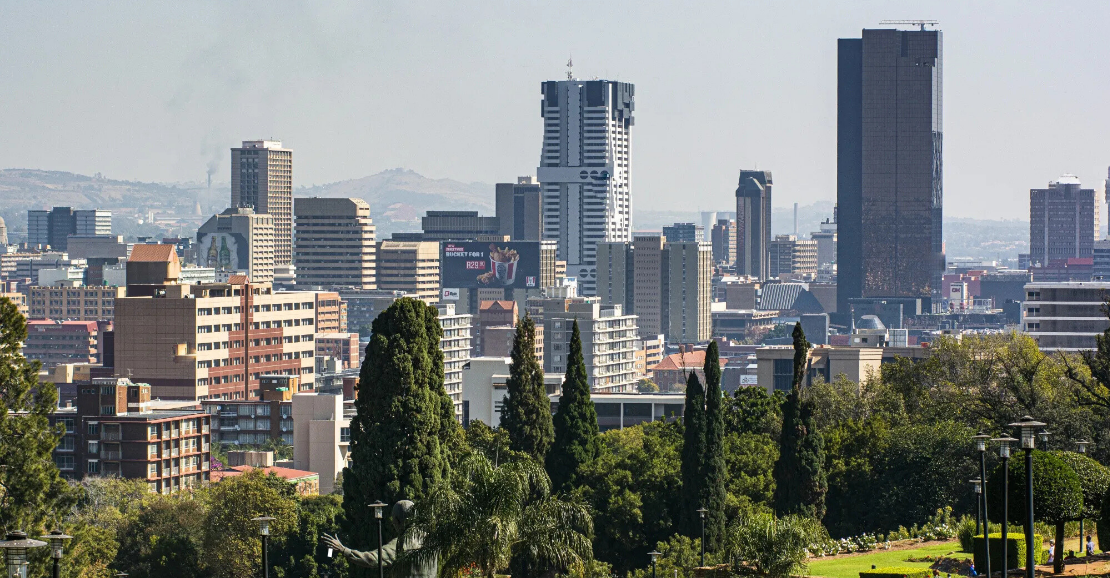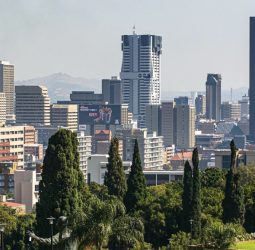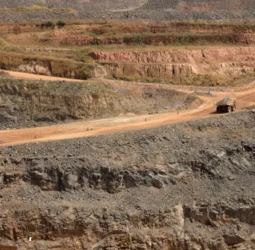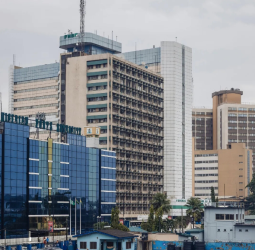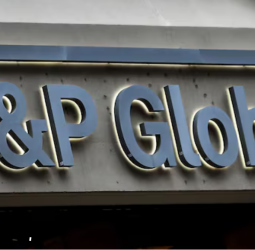According to a new report by RMB titled "Where to Invest in Africa 2025-26," the continent is experiencing a pivotal shift from aid dependency towards investment-led growth and trade integration.
The report, which examines 31 African economies representing 90% of the continent's GDP, reveals a record $97 billion in foreign direct investment (FDI) flowing into Africa in 2024, an impressive 75% increase from the previous year.
This surge underscores growing investor confidence in the continent's long-term economic prospects amidst a global environment marked by rising uncertainty and geopolitical tensions.
The 2025-26 edition adopts the central theme "From Aid to Investment and Trade," highlighting the continent’s drive toward sustainable development through commerce and private-sector growth rather than traditional foreign aid models, which have declined sharply in recent years.
Notably, countries like Zambia saw notable gains, rising five places in the investment attractiveness rankings thanks to strong GDP growth driven by higher commodity prices and successful debt restructuring. Meanwhile, economies such as Nigeria faced setbacks amid tough economic reforms.
Top-ranked destinations remain Seychelles and Mauritius, renowned for their high GDP per capita, political stability, and robust human development indicators. Egypt takes a strong third place, followed by South Africa and Morocco, which continue to attract substantial investment inflows, supported by favorable policy environments and strategic infrastructure projects.
The report dives deep into Africa’s untapped export potential, estimating it at over $360 billion. South Africa leads the pack with $75 billion in unexploited export opportunities, followed by Egypt and Morocco.
This export diversification is critical to building economic resilience in a world increasingly characterized by trade disruptions and inflationary pressures.
Significant developments in trade infrastructure are reshaping the African trade landscape. Nigeria’s Dangote Petroleum Refinery, a $19 billion project, is poised to reduce Africa's reliance on imported refined petroleum products by meeting up to 60% of domestic gasoline demand.
Additionally, the Pan-African Payment and Settlement System (PAPSS) is revolutionizing cross-border payments, potentially saving African economies $5 billion annually by lowering transaction costs and accelerating trade flows within the continent.
The emerging African Currency Marketplace, leveraging blockchain technology, supports the real-time settlement of transactions across 43 African currencies, reducing dependence on hard currencies and offshore systems.
The RMB model categorizes African countries into four growth archetypes, providing investors and policymakers with nuanced insights into where economies stand in their development trajectories and capital needs.
For instance, "Homegrown Builders" like Nigeria and Zambia are progressing by building productive capacity and maintaining export surpluses, while other countries categorized as "Stuck in Neutral" face challenges in both exporting and investment.
Overall, this comprehensive report signals a new era where Africa is not merely a recipient of aid but a dynamic and complex investment frontier. For investors and policymakers, these insights offer actionable guidance to capitalize on Africa’s evolving economic landscape, heralding a future driven by trade, innovation, and self-determination.
This report is essential reading for stakeholders seeking to understand the continent’s economic direction and identify where the most promising investment opportunities lie.

